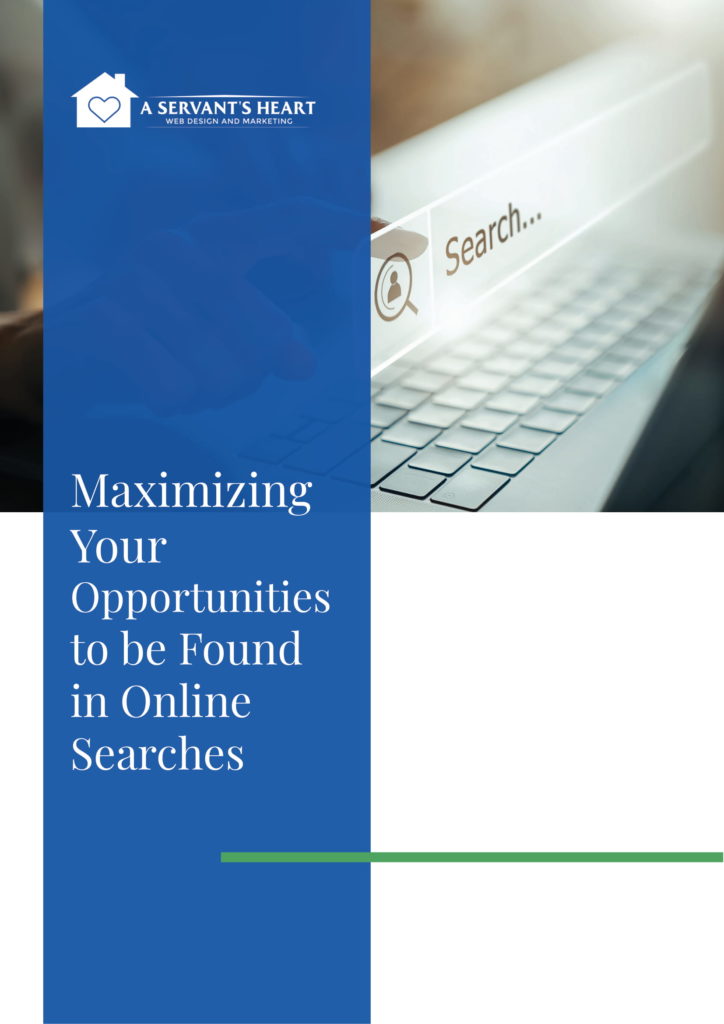 Landing Pages: Putting Your Best Foot Forward
Landing Pages: Putting Your Best Foot Forward
A landing page is the first page your visitors see when they click on a link from an external source. They might reach your landing page through a PPC ad, a link in an email newsletter, or a social media post. Wherever they come from, visitors have reached your landing page because something they saw piqued their interest, and they want to know more.
It’s important to keep in mind that a landing page isn’t just any page on your website. It’s not the home page or the products page; instead, it is a page specifically designed to draw the viewer in and persuade him or her to take a desired action. Because it’s the first page the visitor sees, it needs a compelling, persuasive design that keeps him or her engaged. In order to create successful landing pages, you must be intentional with your design, putting your best foot forward so the viewer will want to know more.
Headlines and Content
Landing page content should be concise, informative, and persuasive. From the headline to the call to action, all the content should work together to convince the reader to take the action you him or her to take.
- Headlines–The first thing the visitor sees is the headline. The headline needs to deliver on the promise made in the ad or post that caused the visitor to click, and it should also be interesting so that the reader wants to know more.
- Keywords–Include keywords in the headline, and make sure the keywords you choose accurately represent the information on the page. The wrong keywords will draw the wrong traffic, and you’ll end up with more bounces and a lower SEO ranking.
- Content–Supporting content should focus on benefit to the visitor rather than technical features of your product or service. Organize content in short sections that can be skimmed easily. Your landing page is not the place for a comprehensive discussion of your offerings. Instead, the goal is to pique the reader’s interest enough to make him click further into your website.
Graphics and Visual Elements
Any visual elements you include (graphics, videos, photos) should support the overall message of the page and support your existing content.
- Images and Videos–Don’t just use a generic image; choose something that directly supports the content of your page. Videos are also great options for landing pages, and can be used for testimonials, product demonstrations, or a company intro.
- Scent trail–A “scent trail” seeks to maintain continuity between the ad, post, or newsletter that earned the click, and the landing page. You can achieve this continuity using the same color scheme, related graphics, and the same headline (or at least something similar in the same style). A good scent trail lets the visitor know he or she has landed in the right place.
- Eye tracking—Eye tracking studies show that visual elements can help direct visitors toward your call to action. You can use an image of a person looking toward the call to action, arrows, or other visual cues to highlight the form or button you want to emphasize.
The Call to Action
The call to action is the one thing you want the visitor to do while on your landing page. It could be filling out a form, downloading a white paper, or signing up for an email list. The call to action should be prominently visible. Make sure it can be seen without scrolling down the page and that it stands out clearly from surrounding content.
A well-crafted landing page will reduce your bounce rate and boost your overall number of conversions. By polishing your home care website landing pages to cater to your target audience, you can experience greater return on your advertising dollars.


